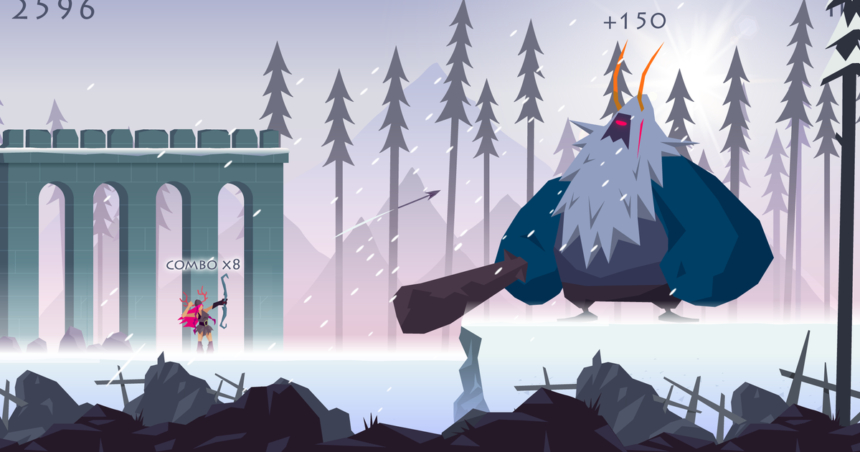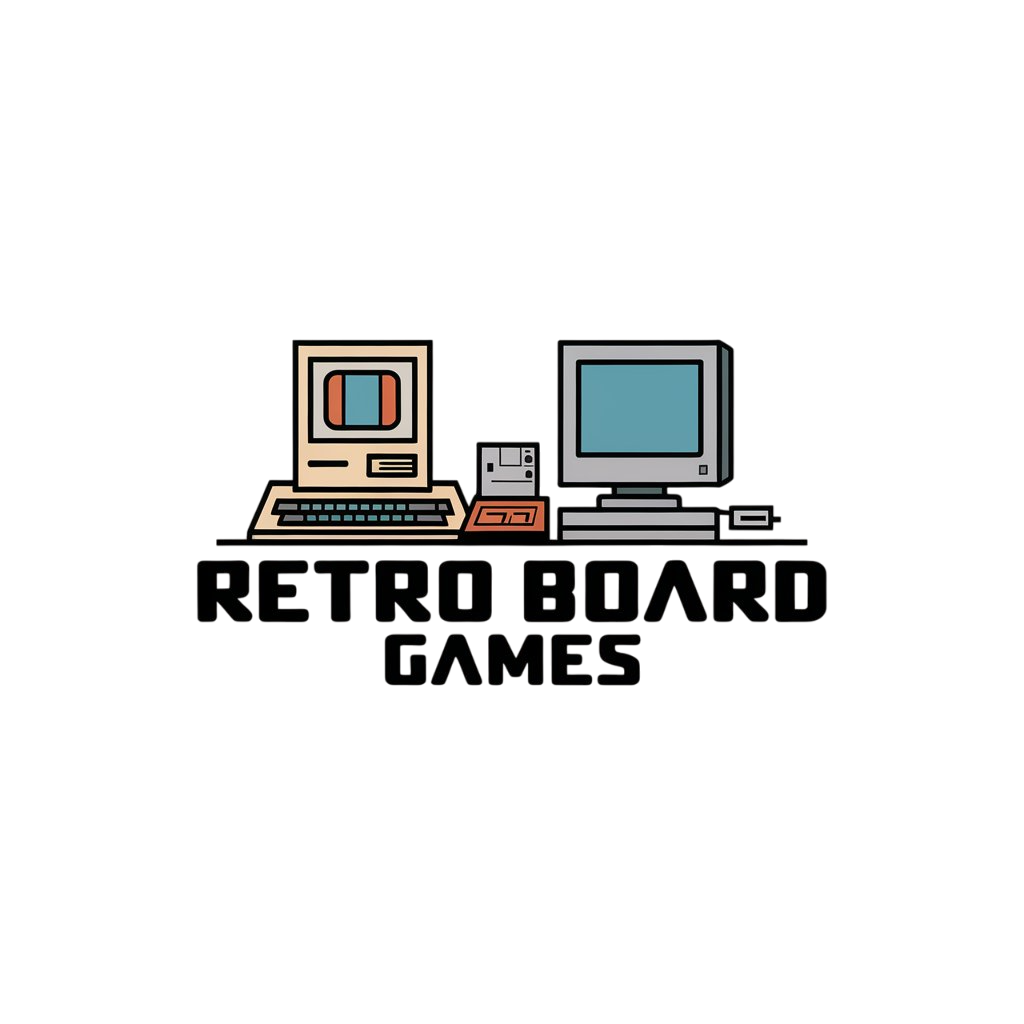Pavel Polovinka is head of publishing at Playgama, a platform for the distribution and monetization of HTML5 games.
What happens when you hop from the mobile gaming market into the web one? Can you compare the two? Is there any point to this?
The short answers to these questions are: ‘almost effortless user acquisition’, ‘to some extent’, and ‘undoubtedly’.
The web game market is relatively tiny compared with mobile. But it’s also a growing market.
More to the point, it can be relatively easy to port your mobile title to HTML5 and distribute it to the various web platforms. The potential revenue might be much smaller than on mobile – but by ignoring the web market, you’re leaving money on the table.
Case study
Here’s an example of how Playgama enabled a pair of mobile games to find a new audience and revenue stream.
StoreRider, an all-in-one distributor of Android games on alternative stores, decided to venture into the web game market, and asked Playgama to help them. Most of the time, we provide our services to studios or web-oriented publishers, so StoreRider was a new type of client to work with.
StoreRider is a unique enterprise in many ways. It helps developers earn more from existing mobile games by distributing them outside the usual platforms, such as the App Store and Google Play. Instead, StoreRider explores alternative channels such as the Epic Games Store, One Store, telecom subscriptions, in-flight entertainment, US facilities, and web exports.
StoreRider initially uploaded two games – Gangsta Island: Crime City and Vikings: an Archer’s Journey – to the Playgama Crazy Games platform. But after reaching around 500,000 play sessions, the company soon recognised the market potential and decided to cast a larger net.
Complications
StoreRider’s expertise lies in mobile, and the company didn’t have the time to optimize the source code for all of the different web platforms – let alone connect with the key publishers and drudge through compliance.
Take, for example, Facebook’s guide for Instant Games. One must spend hours reading through checklists, then days trying to adjust the game to fit the requirements. On top of that, there is the registration process, SDK integration, and support.
Multiply every step by the number of platforms one wants to be presented on, then again by the number of games, and the gargantuan amount of jobs to do starts to block the sun.
Initially, we didn’t plan to add any new features to the two StoreRider games. The idea was to obtain the source code for both of them and then integrate our SDK, which enables compatibility with any web platform.
However, we decided to go a little further. We optimized both games so that they would work flawlessly on mobile browsers within the WebGL context, and we increased the max memory usage capacity to guarantee smooth gameplay (thus reducing loading times and lowering the churn rate).
We also localized Vikings: An Archer’s Journey to 15 languages, and Gangsta Island: Crime City to three, and we added asynchronous saves and engagement tools, such as ‘Share with friends’, to plug into Facebook’s social mechanics.
Finally, we published both games on Playgama, MSN Games, Facebook, Yandex Games, VK, Game Distribution, Lagged, and Y8.
The results, although modest by the standards of big publishers, were inspiring. Over three months, the games achieved over one million play sessions, a 20% day one retention rate, and number one position in the MSN top ten for several consecutive weeks.
There’s little sense in comparing these figures to the vastly larger mobile market. But the key takeaway is this: a mobile distributor was able to find a new revenue stream with close to no contribution on their part.
Right now, we’re publishing the polished versions of StoreRider’s games to even more platforms. Overall, the WebGL optimization service seems promising, as we expect more mobile devs and distributors to hedge their bets with web gaming.
A slice of the pie
Let’s backtrack to the questions we posed in the beginning. Currently, the web gaming market is considered a Plan B for the mobile crowd – and rightfully so.
The mobile market dwarfs the web market in terms of volume: the former was worth $106.5 billion in 2024, whereas the latter came in at just $16.77 billion in the same year. As such, the potential revenue is far lower.
If you don’t succeed on mobile, it costs close to nothing to win something back on the web
Still, it is crucial to keep in mind that the web market is far more accessible in terms of marketing spending and user acquisition. If you don’t succeed on mobile, it costs close to nothing to win something back on the web.
As a closer, here’s some food for thought. The number of web browser games has increased by 4.9 times over the past two years, and the HTML5 games market is projected to grow to $31.9 billion by 2030.
If you hunger for a piece of this pie, it’s better to get your metaphorical fork out now. Entering this niche has never been easier, even for mobile studios and distributors.






